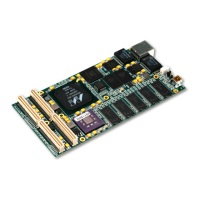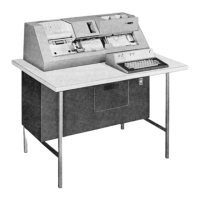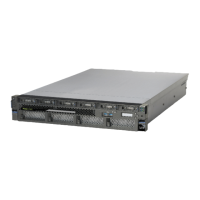140 POWER7 and POWER7+ Optimization and Tuning Guide
DECFLOAT: The Data Type of the Future describes this topic in more details. The paper is
available at:
http://www.ibm.com/developerworks/data/library/techarticle/dm-0801chainani/
8.2.4 Using SMT priorities for internal lock implementation
DB2 uses SMT and hardware priorities in its internal lock implementation. Internal locks are
short duration locks that are required to ensure consistency of various values in highly
concurrent applications such as DB2. In certain cases, it is beneficial to prioritize different
DB2 agent threads to maximize system resource utilization.
For more information about this topic, see 8.8, “Related publications” on page 144.
8.3 Capitalizing on the compilers and optimization tools for
POWER7
DB2 10.1 is built by using an IBM XL C/C++ Version 11 compiler using various compiler
optimization flags along with optimization techniques based on the common three steps of
software profiling:
Application preparation/instrumentation
Application profiling
Application optimization
8.3.1 Whole-program analysis and profile-based optimizations
On the AIX platform, whole-program analysis (IPA) and profile-based optimizations (PDF)
compiler options are used to optimize DB2 using a set of customer representative workloads.
This technique produces a highly optimized DB2 executable file that is targeted at making the
best usage of the Power Architecture.
8.3.2 Feedback directed program restructuring (FDPR)
In addition to IPA/PDF optimizations using IBM XL C/C++ compiler, a post-link optimization
step provides further performance improvement. The particular tool that is used is IBM
Feedback Directed Program Restructuring (FDPR). Similar to IPA/PDF, a set of DB2
customer representative workloads is employed in this step, and IBM FDPR-Pro profiles and
ultimately creates an optimized version of the DB2 product. For more information, see 6.3,
“IBM Feedback Directed Program Restructuring” on page 114.
For more information about this topic, see 8.8, “Related publications” on page 144.
8.4 Capitalizing on POWER7 virtualization
DB2 10.1 supports and fully draws upon the virtualization technologies that are provided by
the POWER7 architecture. These technologies include PowerVM for AIX and Linux and
System Workload Partitioning (WPAR) for AIX. Many of the DB2 performance preferred
practices for non-virtualized environment also extend to a virtualized environment.

